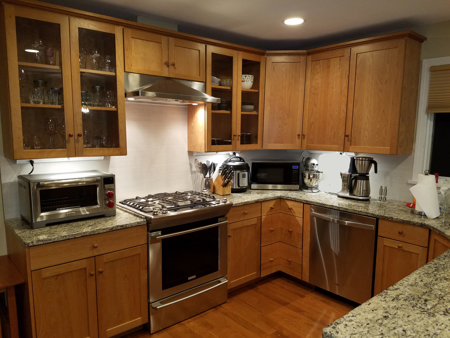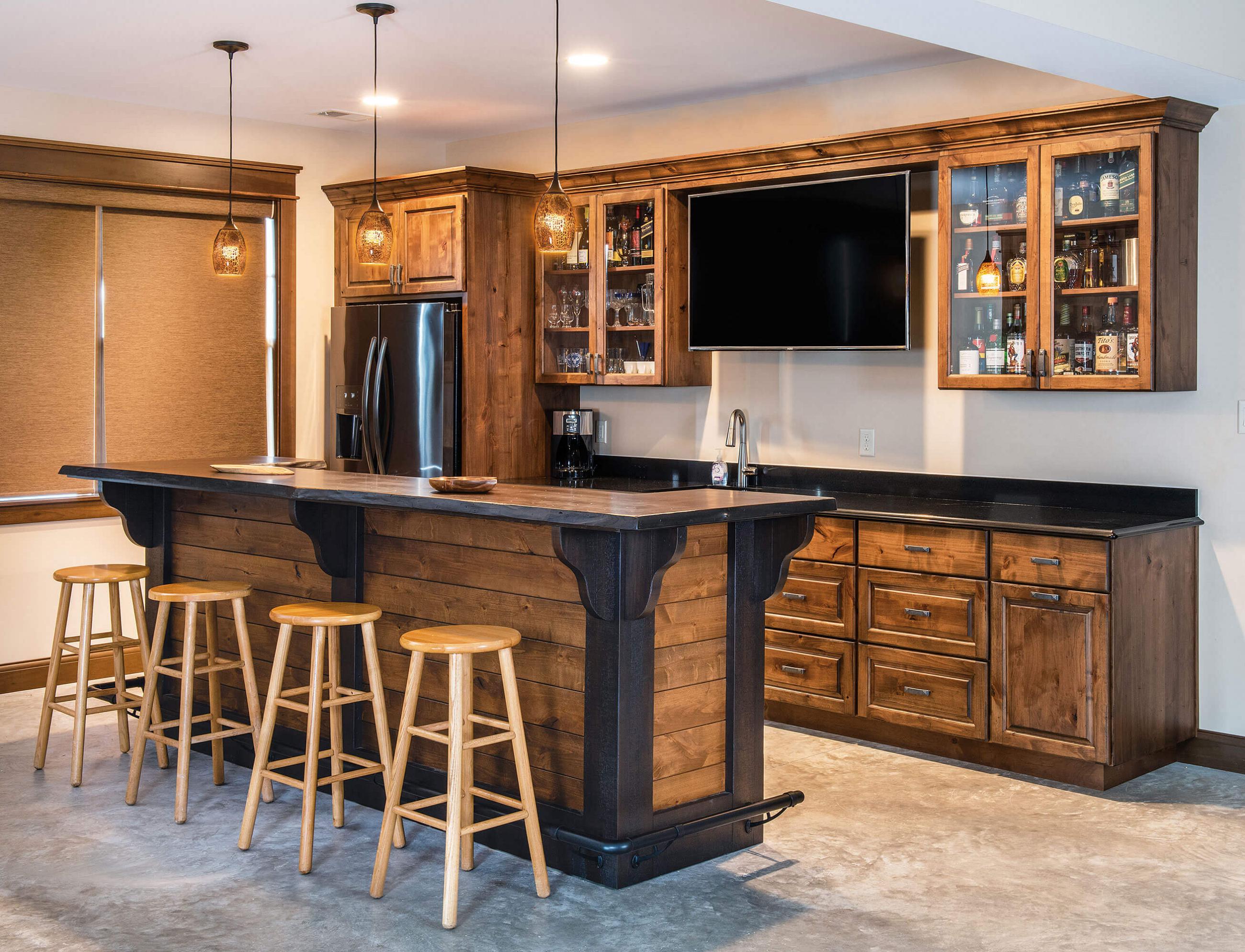All Categories
Featured
In home layout, door placement often takes a rear seat to bigger building decisions, yet it plays a pivotal role in shaping how a house feels and functions. Proper door placing ensures that areas are efficient, visually pleasing, and favorable to a comfortable lifestyle. Here's an extensive check out the scientific research behind door placement and why it should have more interest in the layout process.
Doors are the portals that connect one area to an additional, and their placement needs to assist in smooth motion throughout the home.
Secret Factors To Consider:
Rational Pathways: Position doors to straighten with natural web traffic patterns. As an example, a kitchen door ought to offer straight accessibility to the dining location to improve day-to-day regimens.
Decreasing Challenges: Stay clear of positioning doors where furnishings or structural aspects might obstruct their swing or create bottlenecks.
Transitions: Usage doorways to mark shifts in between private and public areas, such as corridors resulting in bed rooms.
The positioning of doors can dramatically influence exactly how light and air flow within a home, adding to its general ambiance and power effectiveness.
Placement Approaches:
Cross-Ventilation: Area doors other openings or opposite windows to advertise air movement, especially in warm environments.
Sunshine Optimization: Think about the alignment of exterior doors to record morning or mid-day light, lightening up interiors normally.
Glass Doors: Use doors with glass inserts to allow light to filter with, boosting brightness in adjacent rooms.
Calculated door positioning is necessary for keeping personal privacy in vital locations without endangering availability.
Best Practices:
Bedrooms and Bathrooms: Placement these doors far from high-traffic zones like living rooms or cooking areas to create a feeling of hideaway.
Visitor Areas: For homes with guest collections, doors ought to provide both very easy gain access to and privacy for site visitors.
Main Entryway: The front door should supply direct accessibility to common areas without disclosing excessive of the home's interior.
Beyond functionality, doors play a substantial role in the visual coherence of a room. Their placement and layout should enhance the home's aesthetic allure.
Design Tips:
Balance and Equilibrium: Straighten doors symmetrically in shared areas like corridors to produce a sense of order.
Focal Factors: Use grand access doors or one-of-a-kind layouts as aesthetic highlights.
Consistency: Suit door designs and coatings across the home for a natural look.
Door placement can influence a home's power effectiveness by controling warmth circulation and insulation.
![]()
Energy-Saving Techniques:
Protected Doors: Use well-insulated outside doors to minimize power loss.
Wind Defense: Position major doors away from dominating wind instructions or utilize vestibules to reduce drafts.
Zoning: Use doors to section off areas of the home for targeted heating or cooling.
![]()
In several societies, the placement of doors carries symbolic meaning and can affect how a home is perceived.
Examples:
Feng Shui: In this practice, the front door's positioning affects the circulation of "chi" or energy, with standards highlighting openness and equilibrium.
![]()
Directional Placement: In Vastu Shastra, an old Indian layout viewpoint, door alignment is thought to influence prosperity and consistency.
Access Statements: Grand entries or intricately made doors can signify heat and friendliness.
Final Thoughts
Door positioning is both a scientific research and an art. When planned appropriately, doors end up being a lot more than simply entrance points; they form the whole living experience.
- Enhancing Spatial Circulation
Doors are the portals that connect one area to an additional, and their placement needs to assist in smooth motion throughout the home.
Secret Factors To Consider:
Rational Pathways: Position doors to straighten with natural web traffic patterns. As an example, a kitchen door ought to offer straight accessibility to the dining location to improve day-to-day regimens.
Decreasing Challenges: Stay clear of positioning doors where furnishings or structural aspects might obstruct their swing or create bottlenecks.
Transitions: Usage doorways to mark shifts in between private and public areas, such as corridors resulting in bed rooms.
- Making The Most Of Natural Light and Air Flow
The positioning of doors can dramatically influence exactly how light and air flow within a home, adding to its general ambiance and power effectiveness.
Placement Approaches:
Cross-Ventilation: Area doors other openings or opposite windows to advertise air movement, especially in warm environments.
Sunshine Optimization: Think about the alignment of exterior doors to record morning or mid-day light, lightening up interiors normally.
Glass Doors: Use doors with glass inserts to allow light to filter with, boosting brightness in adjacent rooms.
- Balancing Personal Privacy and Access
Calculated door positioning is necessary for keeping personal privacy in vital locations without endangering availability.
Best Practices:
Bedrooms and Bathrooms: Placement these doors far from high-traffic zones like living rooms or cooking areas to create a feeling of hideaway.
Visitor Areas: For homes with guest collections, doors ought to provide both very easy gain access to and privacy for site visitors.
Main Entryway: The front door should supply direct accessibility to common areas without disclosing excessive of the home's interior.
- Aesthetic Assimilation
Beyond functionality, doors play a substantial role in the visual coherence of a room. Their placement and layout should enhance the home's aesthetic allure.
Design Tips:
Balance and Equilibrium: Straighten doors symmetrically in shared areas like corridors to produce a sense of order.
Focal Factors: Use grand access doors or one-of-a-kind layouts as aesthetic highlights.
Consistency: Suit door designs and coatings across the home for a natural look.
- Energy Effectiveness Considerations
Door placement can influence a home's power effectiveness by controling warmth circulation and insulation.

Energy-Saving Techniques:
Protected Doors: Use well-insulated outside doors to minimize power loss.
Wind Defense: Position major doors away from dominating wind instructions or utilize vestibules to reduce drafts.
Zoning: Use doors to section off areas of the home for targeted heating or cooling.

- Symbolic and social Influences
In several societies, the placement of doors carries symbolic meaning and can affect how a home is perceived.
Examples:
Feng Shui: In this practice, the front door's positioning affects the circulation of "chi" or energy, with standards highlighting openness and equilibrium.

Directional Placement: In Vastu Shastra, an old Indian layout viewpoint, door alignment is thought to influence prosperity and consistency.
Access Statements: Grand entries or intricately made doors can signify heat and friendliness.
Final Thoughts
Door positioning is both a scientific research and an art. When planned appropriately, doors end up being a lot more than simply entrance points; they form the whole living experience.
Latest Posts
Dependable Industrial Roof Solutions by Weathercraft
Published May 26, 25
1 min read
Join Your Financial Partner at WyHy – Top Benefits for Your Future
Published May 20, 25
1 min read
Uncover Cut Costs on Car Maintenance with Montclare Auto Repair’s Limited-Time Deals
Published May 19, 25
1 min read